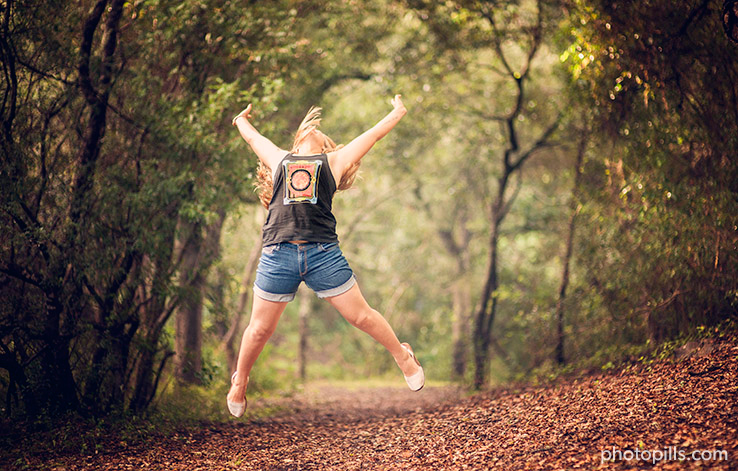

The same can be said to have a larger depth of field apertures such as f/8, f/11, & f/14 will assure that a larger. This will create a wider hole for light to pass through to your camera, and create a shallow depth of field.

When choosing lenses for landscape photography, we usually want to see as much detail as possible from foreground to background we want to achieve the maximum depth of field by choosing a small aperture (higher f/stop, like f/8 or f/11). A shallow depth of field can be created by opening up your lens to a lower F-stop, such as f/1.4, f/2, and f/3.5. This helps direct the viewer's attention to the subject. Simply put: how sharp or blurry is the area behind your subject. Max Blur Size: Select the convolution kernel size of the bokeh filter from the dropdown. The larger the value is, the shallower the depth of field is. Focal Length: Set the distance between the lens and the film. If you cant get it the way you want it at 3.5, you need a lens that goes down to a larger aperture like F1.8 to make it the bokeh more apparent. The smaller the value is, the shallower the depth of field is. the focal length of the lens, or f/3.5-5.6 which is the maximum aperture. Depth of field is the zone of acceptable sharpness in front of and behind the subject on which the lens is focused. Aperture: Set the ratio of the aperture (known as f-stop or f-number). Aperture for Portraitsįor classic portraiture we separate our subject from the surroundings by using "selective focus." Choosing a large aperture (lower f/stop, like f2.8) creates very shallow depth of field with only the subject, or just a portion of the subject, in focus. An image with a large depth of field (and high aperture) will have a sharp. You can see, even stopped down all the way to f-22, the farthest and closest caps are not perfectly infocus. If the distances involved and the sensor size were such that the DOF was already infinite at f/3.5, then stopping down wouldnt make any difference to DOF. What you need to remember with this method is to 'stop down' your lens to the biggest f/stop number to get the best depth of field. Some zoom lenses will detail something like f/3.5-5.6 on the lens barrel or. Thats tip 3 and well get to that in a second.
#Aperture 3.5 depth of field how to#
Now that we know how to control depth of field, what determines the choices we make in selecting the aperture? We use focus and depth of field to direct attention to what is important in the photograph, and we use lack of focus to minimize distractions that cannot be eliminated from the composition. While there are no rules, there are some guidelines for selecting Aperture priority. Camera lens aperture affects depth of field and shutter speed by restricting.


 0 kommentar(er)
0 kommentar(er)
